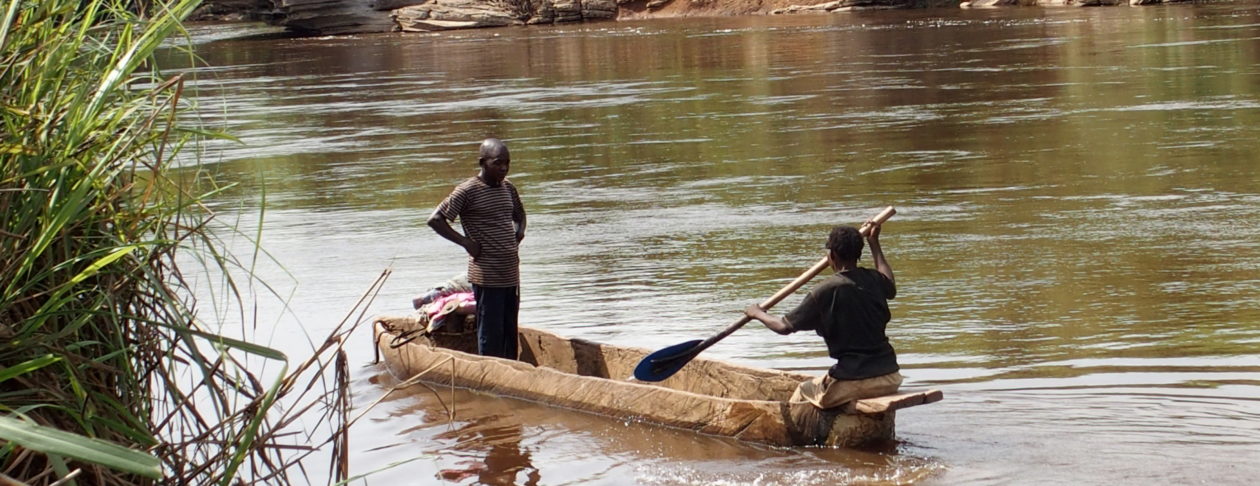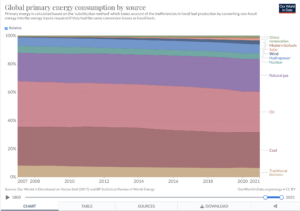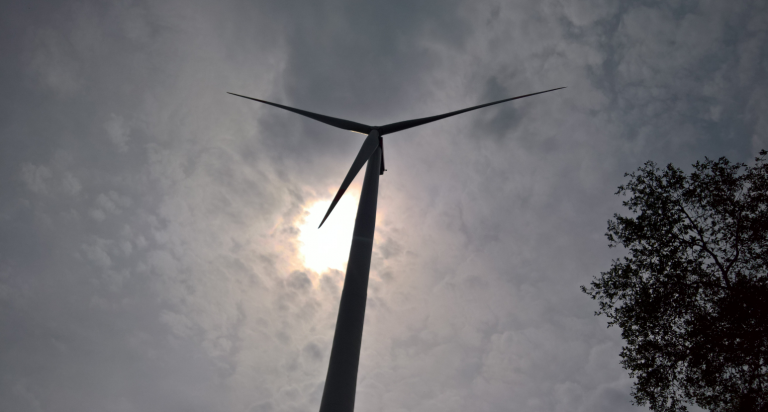by E. Worrall, Dec 10, 2022 in WUWT
“… Unexpectedly, climate skepticism has consistently grown over the past 3 years (37%, +6 pts in 3 years), and is particularly striking in France this year (37%, +8 pts in one year) …”
Climate change: a growing skepticism
ENERGY & ENVIRONMENT
Purchasing power is now the key priority on a global level. Despite the importance they attribute to the climate and extreme weather events, people are less inclined to become involved and are more dubious as to the human origins of the phenomenon.
8 December 2022
…
Despite topping the list of environmental priorities, climate change is not generating greater concern and climate skepticism is growing
Climate change (46%, +2 points vs. 2021) and extreme climate events (43%, +2 points vs. 2021) have become the key reasons for environmental concern this year on a world level, although this is also due to the drop in concern about waste and plastic (41%, -5 points vs 2021) and air pollution (37%, -3 points vs 2021). Nevertheless, if the two items are combined, 66% of the world’s population still view the climate as a priority issue (60% in 2019).
…
In France 16-24-year-olds are less worried than the population as a whole (45%), but they are either more indifferent (16% vs 7% overall), or on the contrary express greater demoralization (38% vs 27% overall).
Unexpectedly, climate skepticism has consistently grown over the past 3 years (37%, +6 pts in 3 years), and is particularly striking in France this year (37%, +8 pts in one year)2 whereas concern about the environment is particularly strong in that country. More specifically, the idea that has progressed the most is not a denial of change, but the notion that it is “mainly due to the kinds of natural phenomena that the Earth has experienced throughout its history”. …
Age does not appear to be a divisive criterion on this subject: …
…
Read more: https://www.ipsos.com/en/obscop-2022
On one hand I’m encouraged that young people seem to be starting to break free from all the intense green brainwashing many of them experienced at school.
Having said that, the proportion of people who hold hardline alarmist views also seems to have edged up slightly – so a component of that increase in skepticism may represent an increase in polarisation.
I wish there was a way to somehow increase the rate of progress. It is sad watching people in Britain, Europe and parts of the USA suffering unnecessary hardship because political climate activism has driven up the price of energy, even if many of those people voted for the politicians who created this mess. I guess sometimes people have to learn the hard way.




 This second business-as-usual prediction was that there would be 1.8 C° warming from preindustrial times to 2030. Deducting the 0.45 C° warming up to 1990, the prediction amounted to 1.35 C° or about 0.34 C°/decade. Thus, IPCC predicted 0.3-0.34 C°/decade medium-term warming. However, only 0.14 C°/decade has occurred since 1990
This second business-as-usual prediction was that there would be 1.8 C° warming from preindustrial times to 2030. Deducting the 0.45 C° warming up to 1990, the prediction amounted to 1.35 C° or about 0.34 C°/decade. Thus, IPCC predicted 0.3-0.34 C°/decade medium-term warming. However, only 0.14 C°/decade has occurred since 1990